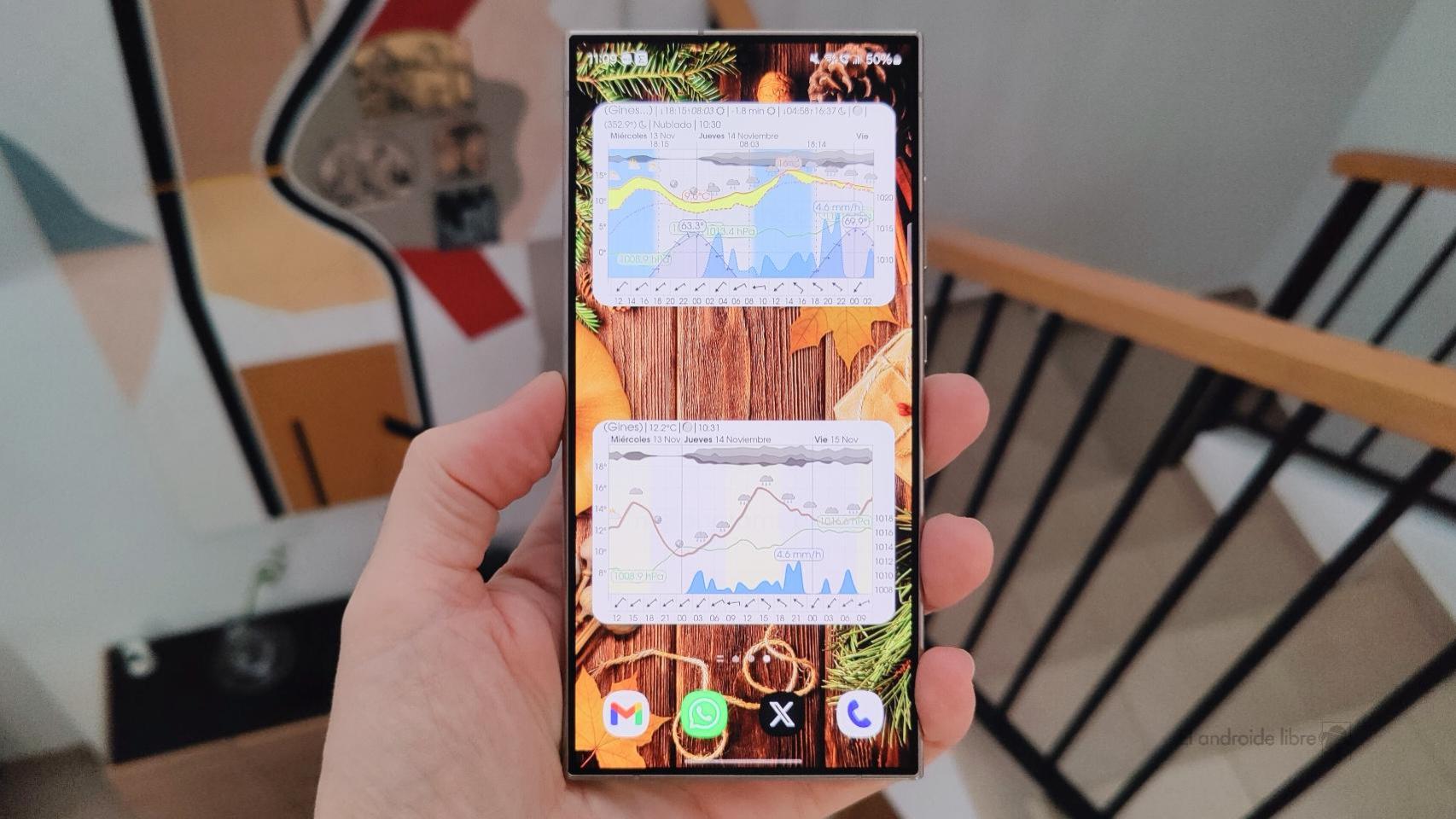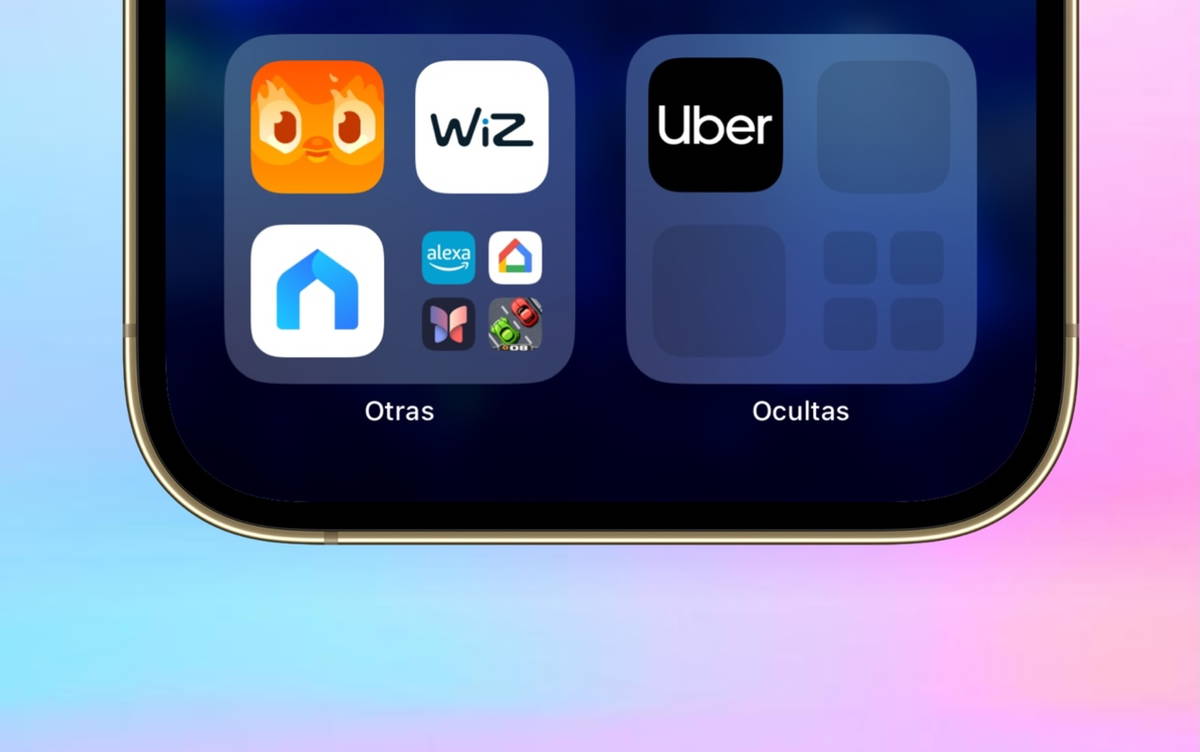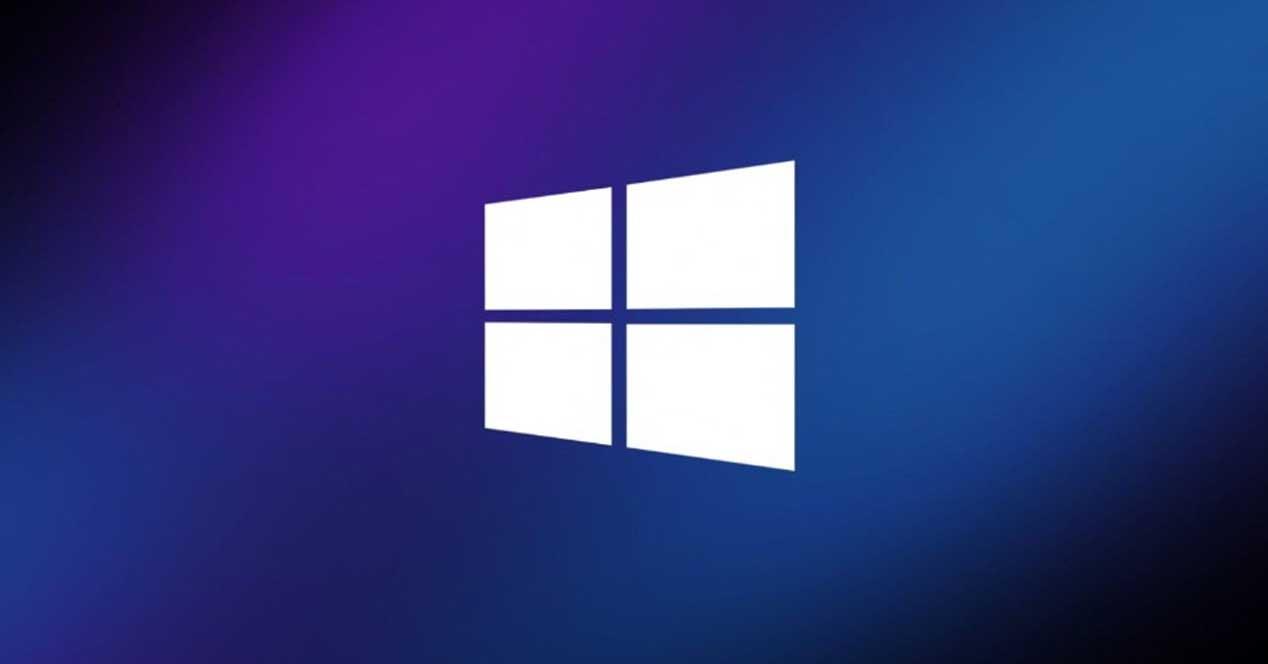Macs are very durable, but they don’t last forever. I see this in several cases with my private customers: the neatest Macs, from generations manufactured between 2009 and 2013, begin to fail in one way or another causing difficulty for their owner.
We could solve the problem by saying that the Macs are old and that they must be renewed, but we must be more correct: these Macs fail for specific reasons, so I will say what are the most common reasons and what are the chances of continuing to use these Macs.
Corrupt hard drive, system or both
The main reason nine to thirteen year old Macs are starting to have problems is your hard drive
This causes Macs with these hard drives to take a long time to boot (I’ve seen cases of several clock minutes) and have great difficulty doing simple tasks like opening System Preferences or launching a browser. The expectations become so eternal that using the Mac for the simplest tasks ends up driving you crazy.
If we want to spice up these Macs, we can swap this drive for a modern SSD. The problem is that many of Apple’s official tech services no longer offer parts to do this (we’re talking about Mac ancient
A poorly maintained macOS can also be responsible for a slow Mac
In the event of a disk change, something I would also recommend doing is install a clean copy of macOS. I say this because in many cases I have also seen poor performance of these Macs due to the system carrying too many years of installations, uninstallations, directories not emptied, outdated applications… Poor maintenance of a Mac that hasn’t been formatted in years can cause macOS itself to slow everything down. In fact, reformatting your Mac and reinstalling macOS may help you regain some of that performance.
In the worst case, we have the two motivations working together.: a very deteriorated mechanical hard drive and a poorly maintained macOS that takes too long to complete its tasks. The ideal in these cases is to back up our data, change the disk to an SSD, install a clean macOS and start from scratch. As far as possible, of course. If you see that there’s no way to change that drive, it might be time to break the bank and look for a new Mac that meets your needs.









